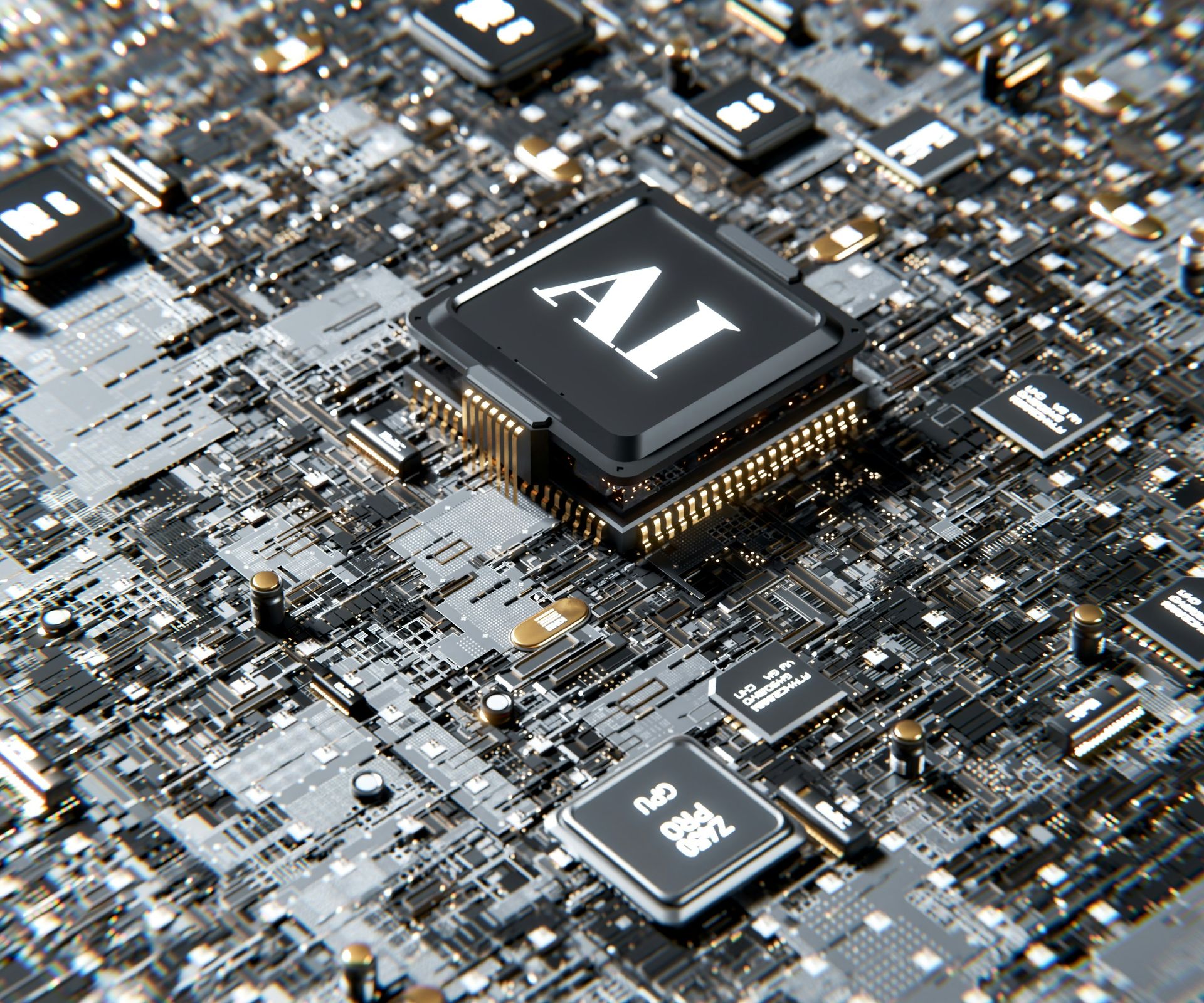Senate Considers $32 Billion Yearly Investment In Artificial Intelligence

Artificial intelligence (AI) has become a ubiquitous term, woven into the fabric of our daily lives. From facial recognition software unlocking smartphones to chatbots handling customer service inquiries, AI is quietly transforming the way we interact with technology. But beneath the surface of these everyday applications lies a much more complex and ambitious endeavor: the quest for artificial general intelligence (AGI), a hypothetical future where machines can mimic and surpass human cognitive abilities.
This ambitious pursuit has captured the imagination of researchers, technologists, and policymakers. The potential benefits are vast, with possibilities ranging from automating complex tasks to revolutionizing scientific discovery. However, achieving AGI also raises concerns about potential job displacement, ethical considerations in machine decision-making, and even existential risks if AI surpasses human control.
Recognizing the immense potential and challenges of AI, a bipartisan group of US Senators recently released a policy roadmap (PDF) proposing a significant financial commitment: an annual investment of at least $32 billion for non-military AI programs.
This proposal reignites a conversation that began in 2021 with a report from the National Security Commission on Artificial Intelligence, which recommended a similar level of funding.

Dissecting the $32 billion figure: Where would the money go?
The proposed $32 billion allocation is not a single, monolithic pool of funds. Instead, the roadmap envisions a multi-pronged approach aimed at bolstering American leadership in AI research and development (R&D). Let’s delve deeper into the potential areas where this significant investment could be directed.
A crucial aspect of the plan involves establishing a “cross-government AI R&D effort.” This translates to fostering collaboration between various federal agencies, such as the Department of Energy (DOE), the National Science Foundation (NSF), and the National Institute of Standards and Technology (NIST).
TSMC invests $11.6B in US for AI chip manufacturing expansion
The goal is to create a unified infrastructure for AI research, ensuring that government-funded projects have access to the data and computing resources needed to thrive. This collaborative approach could significantly streamline research efforts and prevent duplication across different departments.
Furthermore, the roadmap emphasizes the importance of bolstering American capabilities in AI hardware and software. This could involve funding research into new semiconductor technologies, which are the building blocks of powerful AI systems. Additionally, the plan acknowledges the National AI Research Resource, a recently established initiative that provides researchers with access to high-performance computing resources. Expanding this program could significantly accelerate the pace of AI development in the United States.
The roadmap’s focus on broader concerns
The proposed $32 billion investment goes beyond the purely technical aspects of AI development. The roadmap also recognizes the need to address the broader societal and ethical implications of this powerful technology.
One key area of focus is mitigating potential risks associated with AI. This could involve funding research into areas like algorithmic bias, which can lead to discriminatory outcomes in areas such as loan approvals or criminal justice. Additionally, the roadmap acknowledges the potential for AI to be misused for malicious purposes, such as cyberattacks or autonomous weapons. Funding research into these areas could help to develop safeguards and prevent negative consequences.
The roadmap also highlights the importance of workforce development in the face of potential job displacement due to automation. While AI promises to create new jobs, it may also render some existing skills obsolete. The proposed investment could be used to develop training programs that equip workers with the skills needed to thrive in an AI-powered economy.
Featured image credit: Elimende Inagella/Unsplash



